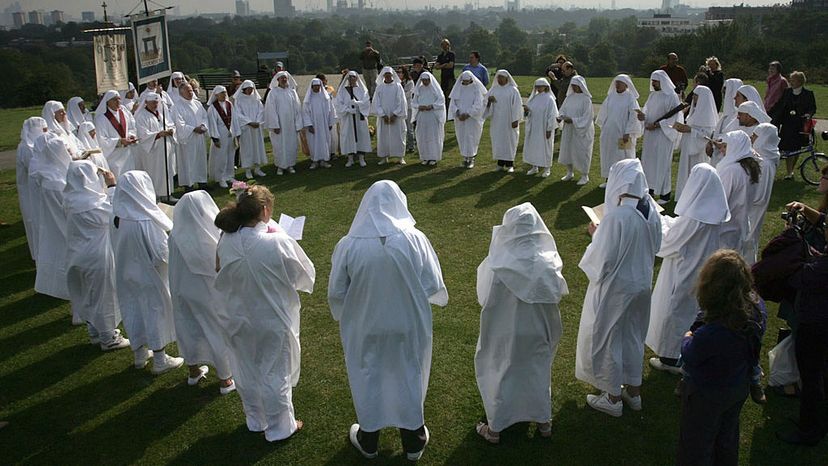
Key Takeaways
- The autumnal equinox marks the first day of fall in the Northern Hemisphere. It occurs when Earth's axis is not tilted toward or away from the sun, resulting in nearly equal day and night lengths.
- The exact date of the equinox can vary between Sept. 21 and Sept. 24 due to the Gregorian calendar's approximation of the Earth's orbit around the sun.
- Cultural celebrations take place worldwide on the equinox. That day is also a key period for observing natural phenomena like the Northern Lights due to increased geomagnetic activity.
Sept. 22 marks the autumnal equinox, the first day of fall in the Northern Hemisphere. It's the day when Earth is perfectly angled sideways to the sun and so day and night are of equal length. Well, sort of. We'll set the record straight on this and some other facts about the day that kicks off fall.
Advertisement


